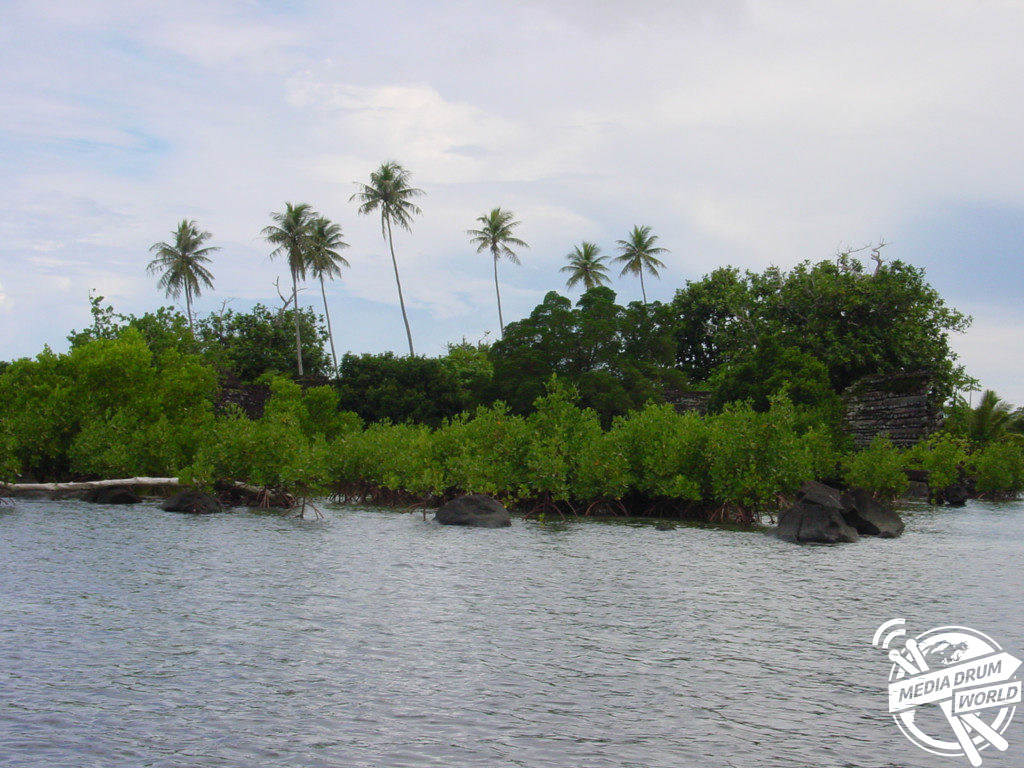Lost Floating City
By Mark McConville
STUNNING pictures have emerged that reveal the ruined floating city that was once home to an ancient civilisation.
The incredible images show the abandoned remains of the only city ever built entirely on water.
Intricate stone structures remain standing on ninety-two artificial islands connected by a canal waterway.
The spectacular shots were taken in Nan Madol in the Federated States of Micronesia by writer Christopher T Snow (52) from Dartmouth, Massachusetts in America.
“After reading about the Nan Madol site on a trip to the Marianas, I knew I wanted to see it first-hand,” he said.
“The amazing diving opportunities clinched things. One site called The Courtyard featured more than seventy sharks, a thrilling sight that I will never forget.
“I took various shots of the Nan Madol stone structures.
“The Federated States of Micronesia consists of Chuuk (aka Truk), Kosrae, Yap, and Pohnpei. Each island state is worth visiting, whether you are exploring on land or underwater.”
Nan Madol was the capital of the mysterious Saudeleur people until 1628 and is still considered an engineering marvel.
The site core with its stone walls encloses an area approximately 1.5 km long by 0.5 km wide and it contains nearly 100 artificial islets—stone and coral fill platforms—bordered by tidal canals.
The name Nan Madol means “spaces between” and is a reference to the canals that crisscross the ruins.
“Wherever I have worked, from New York City to Kenya and Somalia, from Thailand to Taiwan, and most recently from Spain to Northern California, I have taken pictures of things that catch my eye,” said Mr Snow.
“I’ve also taken a fair amount of shots documenting adventures, primarily in Africa, Asia, and Europe.”
According to the Smithsonian, the buildings that make up Nan Madol incorporate an estimated 750,000 metric tons of black rock. Thus, every year of construction saw the movement of around 1,850 tons, despite a maximum population of just 30,000 people without access to pulleys and levers.
The lost city has also influenced popular culture and the 1928 excavations were used by H. P. Lovecraft as an influence on his creation, the city of R’lyeh, from his story “The Call of Cthulhu”.
Click to licence images.

